Getting the appropriate amount of dough for the crust is one of the most crucial aspects of making pizza. It’s always beneficial to have a thorough idea of how much dough you need for a 12-inch pizza, regardless of whether you’re a novice or a seasoned veteran.
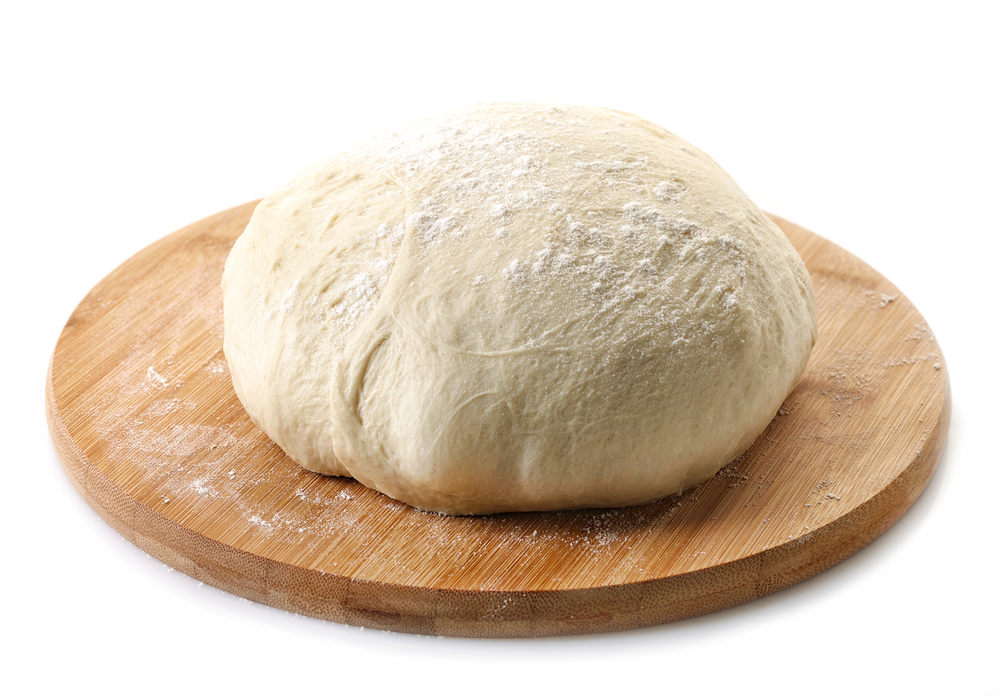
The sort of pizza you’re preparing and the thickness of your crust are just a couple of the variables that can determine how much dough you need.
For instance, less dough will be needed for a thin-crust pizza than a thick-crust pizza. Additionally, if you’re piling on the toppings, you might need a little bit more dough to maintain the weight.
Fortunately, there are many tools at your disposal to assist you in determining the ideal quantity of dough for your 12-inch pizza.
You may find a multitude of resources online to assist you in creating the ideal pizza crust, including dough calculators and recipe manuals.
Therefore, we have all the information you need to know about how much dough to use for a 12-inch pizza, whether you’re preparing a traditional margherita pizza or experimenting with new toppings.
How to Calculate the Dough for a 12-inch Pizza
When making a 12-inch pizza, it is important to calculate the right amount of dough to ensure that the pizza turns out perfectly. Here’s how we can calculate the dough needed for a 12-inch pizza:
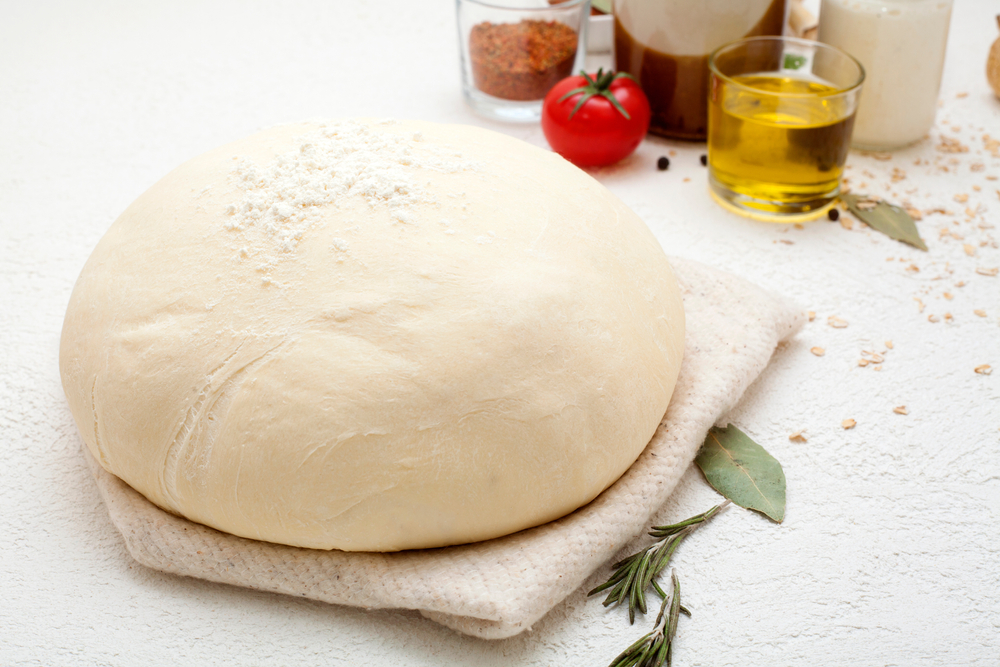
Step 1: Determine the Weight of the Dough
The weight of the dough for a 12-inch pizza can vary depending on the thickness of the crust. A thin-crust pizza will require less dough than a thick-crust pizza. As a general rule, we can use around 9-10 ounces of dough for a 12-inch pizza.
Step 2: Calculate the Amount of Flour Required
To calculate the amount of flour required, we need to know the weight of the dough. For a 12-inch pizza, we need around 9-10 ounces of dough.
We can use a ratio of 3:1 for flour to water. This means that for every 3 parts of flour, we need 1 part of water. So, for 9-10 ounces of dough, we need around 6-7 ounces of flour.
Step 3: Determine the Amount of Water Needed
As mentioned earlier, we need 1 part of water for every 3 parts of flour. So, for 6-7 ounces of flour, we need around 2-2.5 ounces of water.
Step 4: Add Yeast, Salt, and Sugar
To make the dough rise and add flavor, we need to add yeast, salt, and sugar to the flour and water mixture. The amount of yeast required depends on the type of yeast used.
For instant yeast, we need around 1/4 teaspoon for every cup of flour. For active dry yeast, we need around 1/2 teaspoon for every cup of flour.
For salt and sugar, we can use around 1 teaspoon of each for every 3 cups of flour.
Step 5: Knead the Dough
Once all the ingredients are mixed, we need to knead the dough until it is smooth and elastic. This should take around 10-15 minutes.
Step 6: Let the Dough Rise
After kneading, we need to let the dough rise for around 1-2 hours until it doubles in size.
By following these steps, we can calculate the right amount of dough needed for a 12-inch pizza and make a delicious pizza with the perfect crust.
Making the Pizza Dough
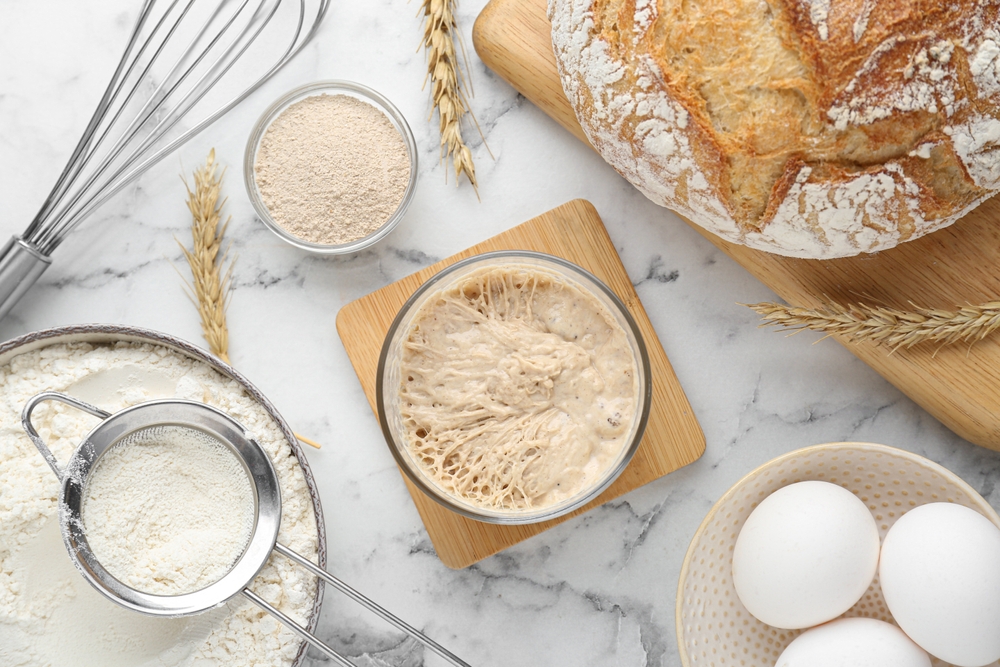
Ingredients
To make a 12-inch pizza dough, we need the following ingredients:
| Ingredient | Quantity |
|---|---|
| Flour | 2 cups |
| Yeast | 1 tsp |
| Salt | 1 tsp |
| Sugar | 1 tsp |
| Water | 3/4 cup |
Kneading and Rising
First, we need to combine the flour, yeast, salt, and sugar in a mixing bowl. We stir them until they are well mixed. Then, we add water to the mixture slowly while stirring. We continue to stir until the dough forms.
Next, we need to knead the dough for about 10 minutes. We can use a stand mixer or do it by hand. Kneading helps to develop the gluten in the dough, which gives it elasticity and makes it easier to shape.
Once we have kneaded the dough, we need to let it rise. We place it in a greased bowl, cover it with a damp cloth, and let it rest in a warm place for about an hour. During this time, the yeast will cause the dough to rise and become fluffy.
Shaping the Dough
After the dough has risen, we need to shape it into a 12-inch pizza crust. We can use our hands or a rolling pin to flatten the dough. We can also toss the dough in the air to stretch it out and give it a more traditional shape.
When shaping the dough, we need to make sure it is not too thin or too thick. A thickness of about 1/4 inch is ideal for a 12-inch pizza crust.
Once we have shaped the dough, we can add our toppings and bake the pizza in a preheated oven at 450°F for about 12-15 minutes.
That’s it! With these simple steps, we can make delicious pizza dough from scratch.
Choosing the Right Pizza Pan
When it comes to making a 12-inch pizza, choosing the right pizza pan is essential. Not only does it affect the final result of your crust, but it can also influence the overall cooking time and texture of your pizza.
Here are some things to consider when choosing the right pizza pan for your 12-inch pizza.
Types of Pizza Pans
There are many types of pizza pans available in the market, each with its own unique features and benefits. Here are some of the most common types of pizza pans and their characteristics:
- Aluminum Pizza Pans: These pans are durable, lightweight, and heat up quickly. They are also easy to clean and maintain.
- Cast Iron Pizza Pans: These pans are known for their ability to retain heat and distribute it evenly. They also create a crispy crust that is perfect for thin-crust pizzas.
- Non-Stick Pizza Pans: These pans are coated with a non-stick surface, making it easy to release the pizza from the pan. They are also easy to clean and maintain.
- Perforated Pizza Pans: These pans have holes on the bottom, allowing the heat to circulate and create a crispy crust. They are perfect for thin-crust pizzas.
Prepping the Pizza Pan
Once you have chosen your pizza pan, it is essential to prep it properly to ensure that your crust does not stick to the pan. Here are some tips for prepping your pizza pan:
- Use cornmeal: Sprinkle some cornmeal on the pizza pan before placing the dough on it. This will prevent the dough from sticking and create a crispy bottom.
- Use Olive Oil: Brush some olive oil on the pizza pan before placing the dough on it. This will create a crispy crust and add flavor to your pizza.
- Preheat the Pan: Preheat the pizza pan in the oven before placing the dough on it. This will help create a crispy crust and prevent the dough from sticking.
In conclusion, choosing the right pizza pan and prepping it properly is crucial when making a 12-inch pizza. Consider the type of pizza pan that suits your needs and follow the tips for prepping the pan to ensure a delicious and crispy crust.
Baking the Pizza
When it comes to baking the perfect pizza, there are a few things to keep in mind. In this section, we will cover the steps to take when baking a 12-inch pizza.
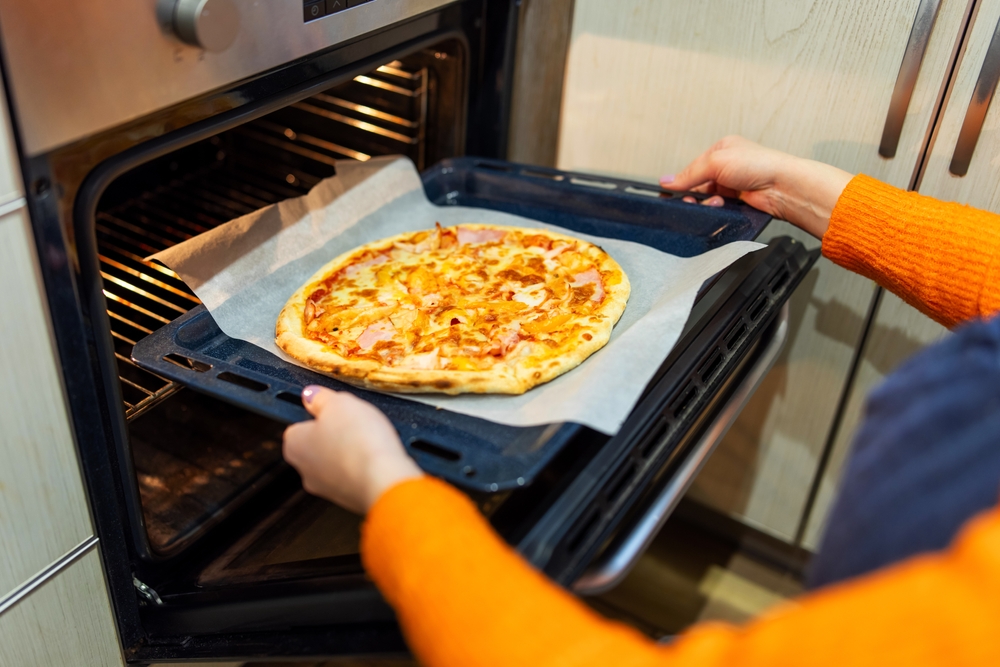
Preheating the Oven
Before we start baking, it’s important to preheat the oven. This ensures that the oven is at the right temperature and that the pizza will cook evenly. We recommend preheating the oven to 450°F (232°C) for a standard home oven.
If you’re using a pizza stone, it’s important to preheat it as well. Place the pizza stone in the oven before preheating and let it heat up with the oven. This will help ensure that the pizza cooks evenly and has a crispy crust.
Placing the Pizza in the Oven
Once the oven is preheated, it’s time to place the pizza in the oven. If you’re using a baking sheet, place the pizza on the sheet and carefully slide it onto the middle rack of the oven. If you’re using a pizza stone, carefully place the pizza on the stone and slide it onto the middle rack of the oven.
Cooking Time and Temperature
The cooking time and temperature will depend on the type of oven you have and the toppings on your pizza.
In general, we recommend baking the pizza for 10-12 minutes. If you’re using a high-temperature oven, you may need to adjust the cooking time and temperature.
To ensure that the pizza is cooked to perfection, check the crust for doneness. The crust should be golden brown and crispy.
If the crust is still pale, bake the pizza for a few more minutes. If the crust is getting too brown, cover the pizza with foil and continue baking.
In conclusion, baking a 12-inch pizza requires preheating the oven to 450°F (232°C), placing the pizza on a baking sheet or pizza stone, and baking for 10-12 minutes.
Adjust the cooking time and temperature as needed for your oven and toppings. With these tips, you’ll be able to bake the perfect pizza every time.
Adding Toppings
When it comes to pizza, toppings are what make it truly customizable and delicious. Here are some tips on how to add toppings to your 12-inch pizza:
Choosing Toppings
The first step is to choose your toppings. We recommend selecting a variety of toppings to add flavor and texture to your pizza.
Some popular options include pepperoni, mushrooms, ham, sausage, onions, and peppers. Don’t be afraid to get creative and try out new combinations!
Cheese and Sauce
Next, it’s time to add the cheese and sauce. We recommend using a tomato-based pizza sauce and a blend of mozzarella and Parmesan cheese.
Spread the sauce evenly over the dough, leaving a small border around the edges. Then, sprinkle the cheese over the sauce, making sure to cover the entire pizza.
Meat and Vegetables
Now it’s time to add the meat and vegetables. If you’re using meat, make sure it’s cooked before adding it to the pizza. Spread the meat out evenly over the cheese.
For vegetables, we recommend sautéing them before adding them to the pizza. This will help bring out their flavors and prevent them from becoming too soggy. Spread the vegetables out evenly over the cheese and meat.
To make it easier to add toppings, you can use a table or list to keep track of what you want to add. This will help ensure that you don’t forget any toppings and that they are evenly spread out over the pizza.
Remember, when it comes to toppings, less is often more. Don’t overload your pizza with too many toppings, as this can make it difficult to cook and result in a soggy crust. Stick to a few key toppings and you’ll have a delicious pizza every time.
That’s it! With these tips, you’ll be able to create a delicious 12-inch pizza with all your favorite toppings.
Tips and Tricks
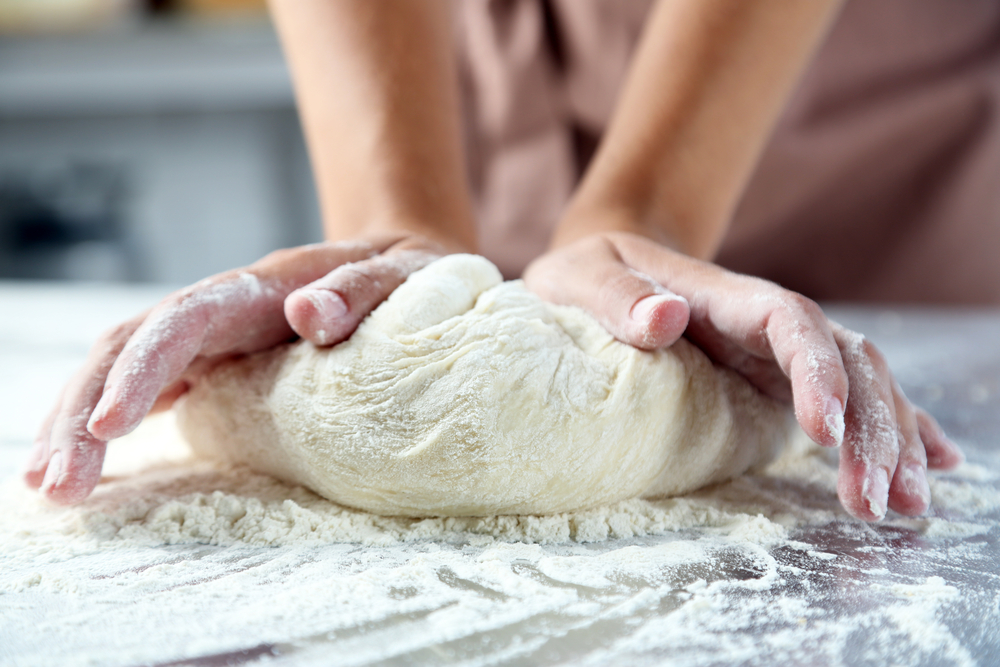
Freezing Pizza Dough
If you want to save time, you can make a large batch of pizza dough and freeze it for later use. This is a great option if you don’t have time to make dough from scratch every time you want to make a pizza. To freeze pizza dough, follow these simple steps:
- After making the dough, divide it into portions that are enough for a single pizza.
- Wrap each portion tightly in plastic wrap or put it in a resealable plastic bag.
- Label each bag with the date and type of dough.
- Freeze the dough for up to 3 months.
When you’re ready to use the frozen dough, take it out of the freezer and let it thaw in the refrigerator overnight. Then, let it come to room temperature for about an hour before using it.
Homemade Pizza vs. Store-bought
Making homemade pizza is a great way to control the ingredients and customize it to your liking.
You can use healthier ingredients and adjust the amount of cheese and toppings to reduce the calories and fat. Plus, it’s a fun activity that you can do with friends and family.
On the other hand, store-bought pizza is convenient and can be a quick meal option. However, it’s often high in calories, fat, and sodium.
If you do opt for store-bought pizza, look for options that are lower in calories and fat, and add your own toppings to make it healthier.
Nutrition and Calories
Pizza can be a nutritious meal if you choose the right ingredients. For example, you can use whole wheat flour for the crust, and top it with veggies, lean protein, and a moderate amount of cheese.
This will provide you with fiber, vitamins, and minerals, and keep the calories and fat in check.
However, if you load your pizza with high-fat meats, extra cheese, and a lot of sauce, it can quickly become a calorie bomb.
A typical 12-inch pizza can have anywhere from 1000 to 2000 calories, depending on the toppings and crust.
To reduce the calories and fat in your pizza, try these tips:
- Use a thin crust instead of a thick one.
- Use tomato sauce or pesto instead of creamy sauces.
- Use low-fat cheese or reduce the amount of cheese.
- Load up on veggies and lean protein, such as chicken, turkey, or shrimp.
- Use herbs and spices instead of salt to add flavor.
By following these tips, you can enjoy a delicious and nutritious pizza without sabotaging your diet.







Add comment